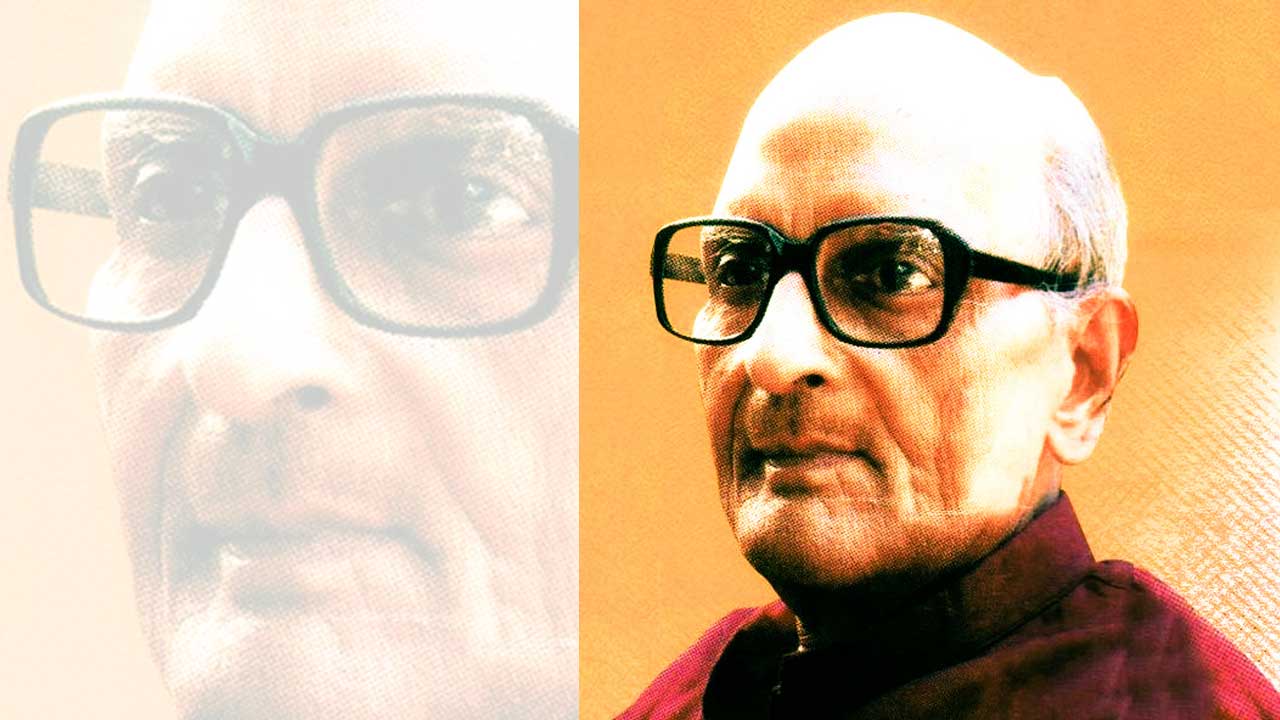 Mahishasur: Ek Jannayak, edited by Pramod Ranjan, aims at building clarity about the movement launched in the name of Mahishasur – about what it is, why it was needed and what are its implications. “Mahishasur” means the Asur of Mahisha. “Asur” means, one who is not a “sur”, that is god, and by implication, Brahmins or savarnas. The surs did not do any work. Asurs worked to make a living. They were workers or toilers in today’s terms. Mahishasur (Mahish+Asur) thus means Asurs who reared buffaloes and traded in milk, that is, gwalas or ahirs. (pages 19-20) Mahishasur or buffalo-rearers were dominant in ‘Bangdesh’ (the Bengal region) and were Dravidians. They opposed the Aryan culture.
Mahishasur: Ek Jannayak, edited by Pramod Ranjan, aims at building clarity about the movement launched in the name of Mahishasur – about what it is, why it was needed and what are its implications. “Mahishasur” means the Asur of Mahisha. “Asur” means, one who is not a “sur”, that is god, and by implication, Brahmins or savarnas. The surs did not do any work. Asurs worked to make a living. They were workers or toilers in today’s terms. Mahishasur (Mahish+Asur) thus means Asurs who reared buffaloes and traded in milk, that is, gwalas or ahirs. (pages 19-20) Mahishasur or buffalo-rearers were dominant in ‘Bangdesh’ (the Bengal region) and were Dravidians. They opposed the Aryan culture.
The book poses this question: When Asur was a community, how can its defeat and the murder of their hero be a cause for celebration? “If someone were to launch a festival to celebrate the massacre in Gujarat or the massacres of Dalits in Bihar, or say, the death of Bhumihars – how would that feel? Agreed, the hero of Asuras, Mahishasura, was killed by Durga and the Asuras were defeated, but why does this have to be celebrated each year?” (page 21)
Mani adds: “All our symbols are being erased. We only found out through these sources that Ekalavya was a better archer than Arjuna. So then why are awards instituted in the name of Arjuna and not in the name of Ekalavya? Our heroes were pushed back in history. Our symbols are being insulted. We want to question the tradition that cut the thumbs and heads of our heroes. Their insult is our insult.” (page 21)
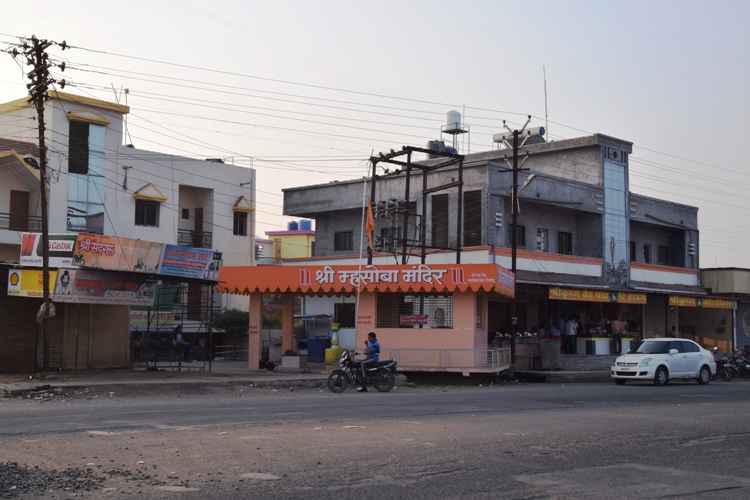
If the religion of the dominant class considers the Backwards untouchable, should a big chunk of population start considering itself untouchable only for the religious appeasement of the dominant class? In Mani’s words, “The worship of Durga and our defeat is for you the celebration of your tradition and culture. But since your tradition has also found happiness in sati, the varna system, untouchability, karmakanda, etc, do we let ourselves be oppressed? … The present PM gifts the Gita to everyone. The Gita recognizes the varna system. We also have Buddhacharita and Tripitakas. We are talking of an equal society. You are doing the politics of domination and inequality in the name of religion whereas our struggle is for equality.” (page 22)
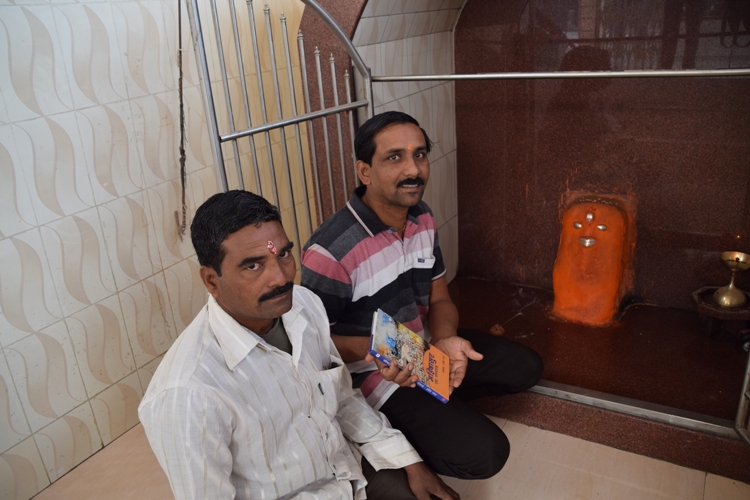
Madhusree Mukerjee writes, “Durga Puja, one of the most spectacular of Hindu festivals, is conducted mainly in Bihar and Bengal for nine days after the monsoon rains. According to Hindu scriptures, Durga – who is depicted with a weapon in each of her ten hands, and in the act of slaying Mahishasur, the buffalo demon – was created by the gods to fight the Asura, or the race of demons. For devotees, the festival is a celebration of good over evil, with speakers of Bengali and Hindi routinely using the word ‘asur’ to mean an evil, treacherous enemy.” (page 27)
Rajan Kumar writes: “Among those that seriously need to be recognized are the Asur traditions, which still exist in Madhya Pradesh and Chhattisgarh and generally pertain to the commemoration of Bhainsasur or Mahishasur. Other familiar names representing these traditions include Mayakasur, Mayanasur and Varasur. These traditions take on different forms and beliefs. Asur traditions in Madhya Pradesh and Chhattisgarh are found mainly among Gond, Baiga, Asura and Halwa tribes and some of the Scheduled Castes and Other Backward Castes. Many villages, places, mounds, soil or rock platforms have been named after Bhainsasur. … Many villages remember Bhainsasur as the village god (gramdevta). A mound, made of stone or soil, outside the village or inside the farms, represents him. The tribes here believe that Bhainsasur will help them get a better crop or save their village from evil spirits. In northern Bastar’s Kanker district, there is a village panchayat called Bhainsasur near Sarandi and Nagarbeda.” (page 32)
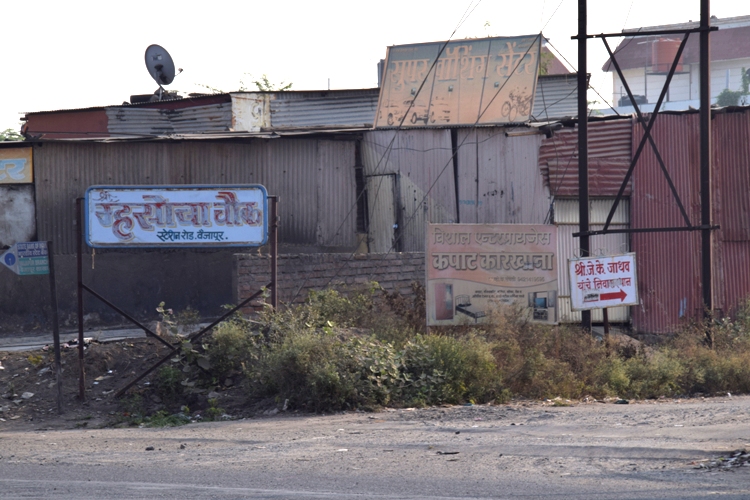
The book puts a question mark on the character of Durga. The tiger-riding, splendorous goddess Durga, holding lethal weapons in all her eight hands, is said to have slain Mahishasur and his army, and this is seen as a victory of good over evil in the brahmanical tradition. Authors with brahmanical leanings have revived Durga, who is a symbol of power and beauty, as a unique symbol of feminism. They claim that India is the only country where such magnificent and valiant goddesses, who are superior to male gods, have been conceived. On the other hand, Dalitbahujans believe that the brahmanical version of the Mahishasur-Durga narrative is nothing but a disinformation campaign. The anti-brahmanical tradition, which Phule, Ambedkar and Periyar espoused, views Durga Puja as symbolic of the tradition of violence against it. Myths like this one are used to distort history. Mythology is not history, but it not pure imagination either. It often distorts facts but is inevitably linked to elements in ancient history or a cataclysmic natural or social event. Miraculous events or personalities are woven into the memory of these events. With its rich symbolism and fantasies, mythology not only introduces us to untold facts but if we go to its roots, it can help us re-render and understand human history. Brahmins have very deftly used mythology to serve their interests. For instance, in mythological literature, Ashok, who was one of the most valiant kings, is portrayed as a hateful Buddhist and a contemptible Shudra. For the Brahmanvadis, the Mauryan dynasty of Ashoka was Shudra, irreligious and unjust. The brahmanical chroniclers kept Ashoka under wraps for 10-12 centuries till his influence on society had considerably waned. It was through his stone inscriptions and documents available in Sri Lanka that Ashoka was re-discovered.

The Brahmanvadis thus not only didn’t keep a proper chronological account of history but also destroyed the memory and literature of their potential rivals. They shrewdly built Indian culture in the mould of Brahmanism. They suppressed facts, spread disinformation, faked lineages, pushed specific periods of history into oblivion, changed names and made interpolations in their own Vedas and Puranas. They ensured that the Ramayana and the Mahabharata conformed to their cultural norms and barbarically suppressed all dissenting voices and probabilities.
Nutan Malvi writes, “The festival of goddess Durga is celebrated nationwide. Driven by brahmanical myths and a brahmanical understanding of history, the media and other disseminators of information consistently publicize and propagate the brahmanical/mythical history of Navratri – despite it being a clear distortion. Idols show a tiger-riding Durga slaying Mahishasur. She is holding a garland of skulls in her hands but her demeanour is calm. She is killing Mahishasur very calmly. What do these idols show? A calm killer?” (page 50)
According to Malvi, the high status accorded to Durga shows that at some time or the other, matriarchal system was in vogue in the region. “Apart from the tradition of free sex, conception was considered important in this matriarchal society. It was her power to reproduce that gave women the exalted status of a great goddess with supernatural and earthly powers. Subsequently, this power of women began to be worshipped. Gann society respected the natural power of women and gave a high status of Gannayika or the chief queen. The tradition of worshipping the womb lasted a long time. The germination of a seed after sowing was seen by Gann society as nature’s marvel. They linked it to the women conceiving and thus the tradition of respecting women and Earth took root. Women became producers, rulers and priests. Today, respecting women has become just a ritual but Gann society of Asurs, Pishachs and Rakshas genuinely venerated women. Here lay the genesis of the devis. (page 50)

Ajay S. Sekhar writes in his piece titled “Mahishasur, Ravana Aur Mahabali”: “The disparaging references to Sri Lanka in the Hindu epics of Ramayana and Mahabharata have to do with it being a Buddhist country – which it has been from the time of Asoka or earlier. No wonder, Ravan, the Buddhist Lankan chief who fought Hindu imperialism from the mainland, was fashioned into a demon or Asura … The myth and discursive legends related to Mahishasur and Durga clearly explain that it is by using the sexed subaltern that Brahmanism conquered and murdered native leaders like Mahishasur. This shows how women were used to seduce and subordinate the indigenous men and to slay them. Even in popular cinema and serials in India today the Mahishasur Mardini cult images are reloaded in the context of the second coming of Brahmanism through Hindutva fascism.” (page 55)
In another article, Dr Saurabh Suman, who was honoured with Nari Shakti Award by the president asks why the same festival has three different names – Durja Puja, Vijayadashmi and Dussehra. “In order to stay in power, Aryans killed kings like Shumbha and Nishumbha, Madhu Kataiya, Dhurmlochan through deceit. Similarly, a conspiracy was hatched to kill the king of Bang, Mahishasur. After Vishnu failed to eliminate Mahishasur, he trained Durga, who was called Amritapushpam, in the art of warfare and enhanced her appearance, and sent her to kill Mahishasur. Amaritapushpam tricked Mahishasur and killed him. This is how they captured Mohenjodaro, Harappa and other places. Amritapushpam was popularized and began to be worshipped.
“I read Buddha, Dr Ambedkar and I understood the trap laid for the Bahujans,” she says. “In a number of districts of the Magadh region, including Nawada, Buddhist mutts and temples were being taken over. Buddhist statues were being given Hindu names after applying oil and vermilion. This is clearly cultural hooliganism. We are creating social awareness about this.” (page 67)
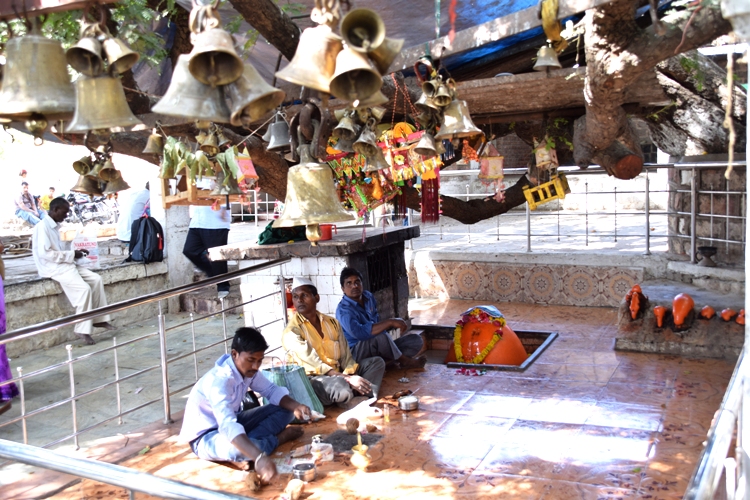
Most of the Tribals of India consider themselves descendants of Ravana. In many Dravidian communities of South India, Ravana is worshipped. Santhals – the biggest tribe of West Bengal, Odisha, Assam and Jharkhand – call themselves descendants of Ravana. In many areas on the Jharkhand-Bengal border, Ravanotsav is celebrated around Navratri and Dussehra. That is not all. Santhals name their children after Ravana. In 2008, then chief minister Shibu Soren, who comes from the Santhal tribe, had refused to participate in the burning of Ravana’s effigy on Dussehra saying that Ravana was a “great scholar” and his “kulguru”. He had said, “How can a person burn his ‘kulguru’ whom he worships?”
There is a detailed report in the book about the places in the country where Mahishasur Martyrdom Day is celebrated. The book helps us understand who Surs and Asurs really were. It is clear that the fundamental rights of no section of the people can be kept suspended indefinitely. If we consider ourselves a modern, civilized and democratic country, then we all will have to stand up for protecting and preserving Bahujan identities. There is nothing in Durga Puja that can be described as religious or spiritual. It is just some agriculture-related mumbo jumbo. A detailed study of material available in different sources will prove that Durga as a goddess is a mythical character while Mahishasur is a historical figure – an egalitarian people’s hero. It was because of stating this obvious truth boldly that FORWARD Press had to face police action on 9 October 2014. The copies of its October 2014 issue were seized and an FIR was filed against its editors. This is a direct assault on the freedom of expression.
Title: Mahishasur: Ek Jannayak
Editor: Pramod Ranjan
Publisher: The Marginalised, Sanewadi, Wardha, Maharashtra – 442001 M: 9968527911
Second edition: Rs 125
(The English edition of the book is published under the title Mahishasur: A People’s Hero. It is available on Amazon.)




